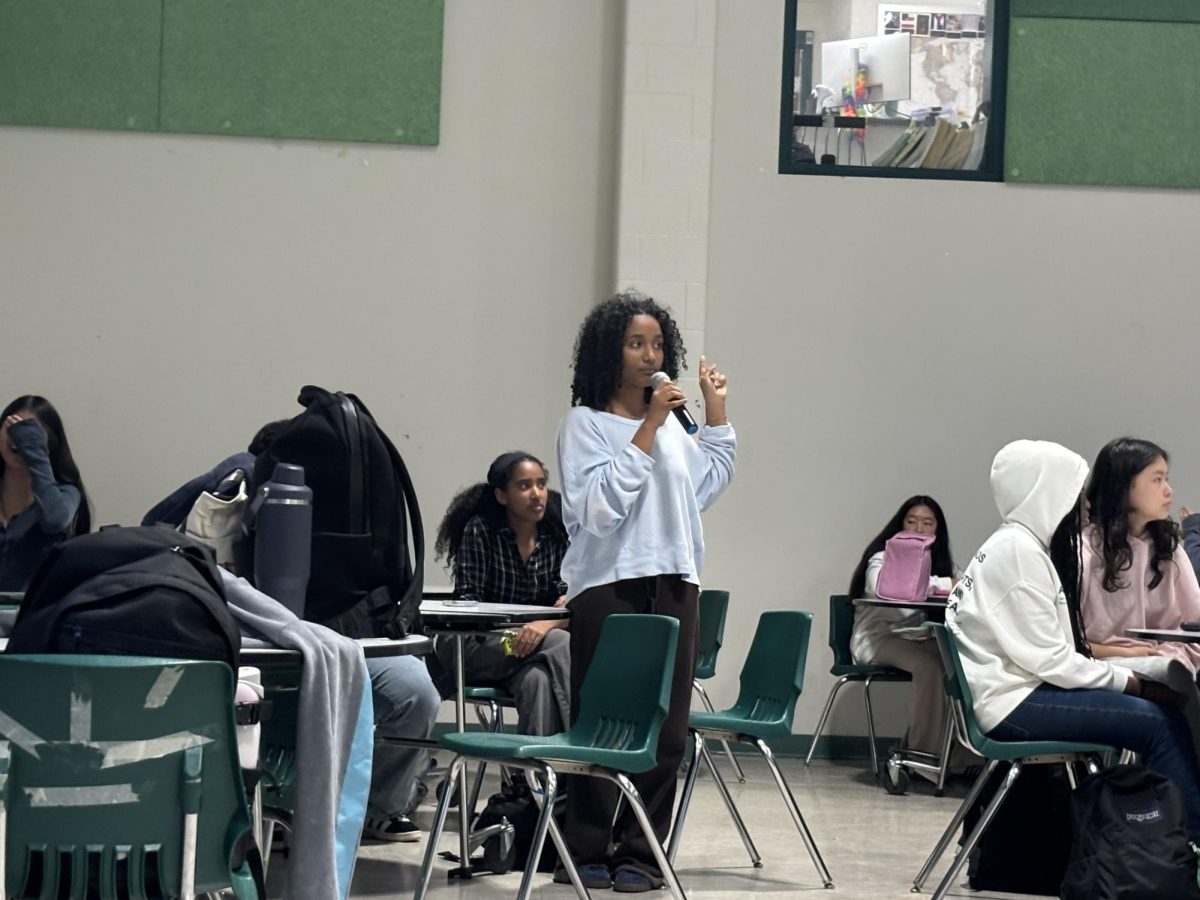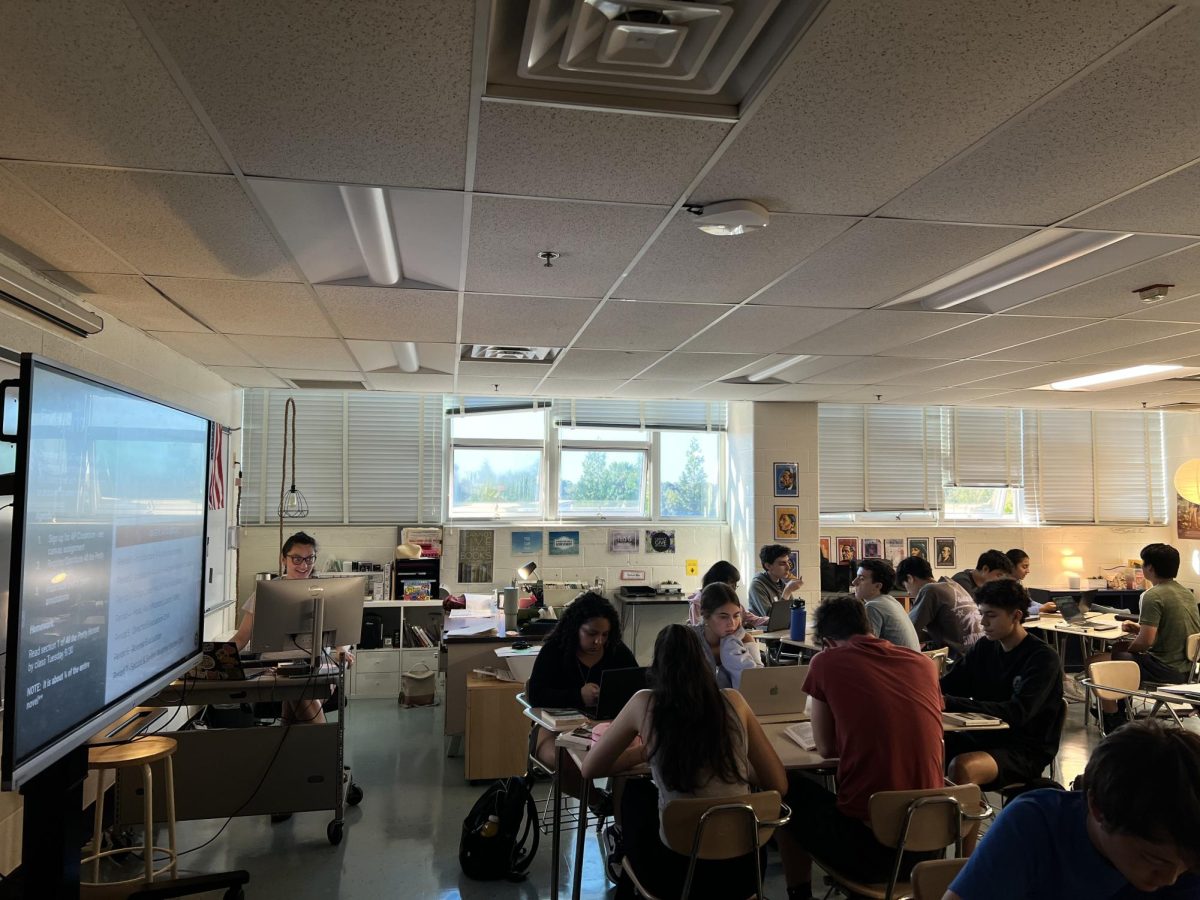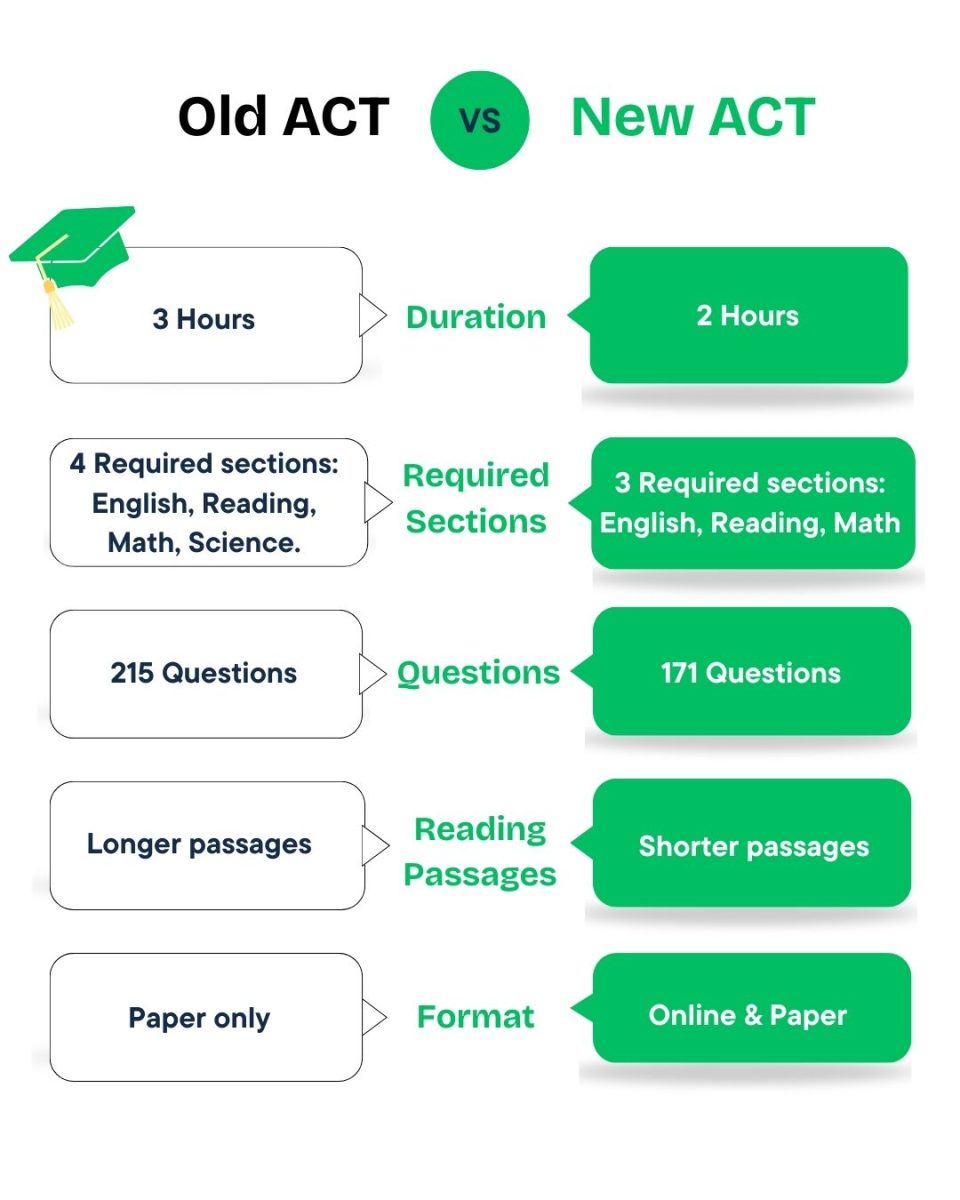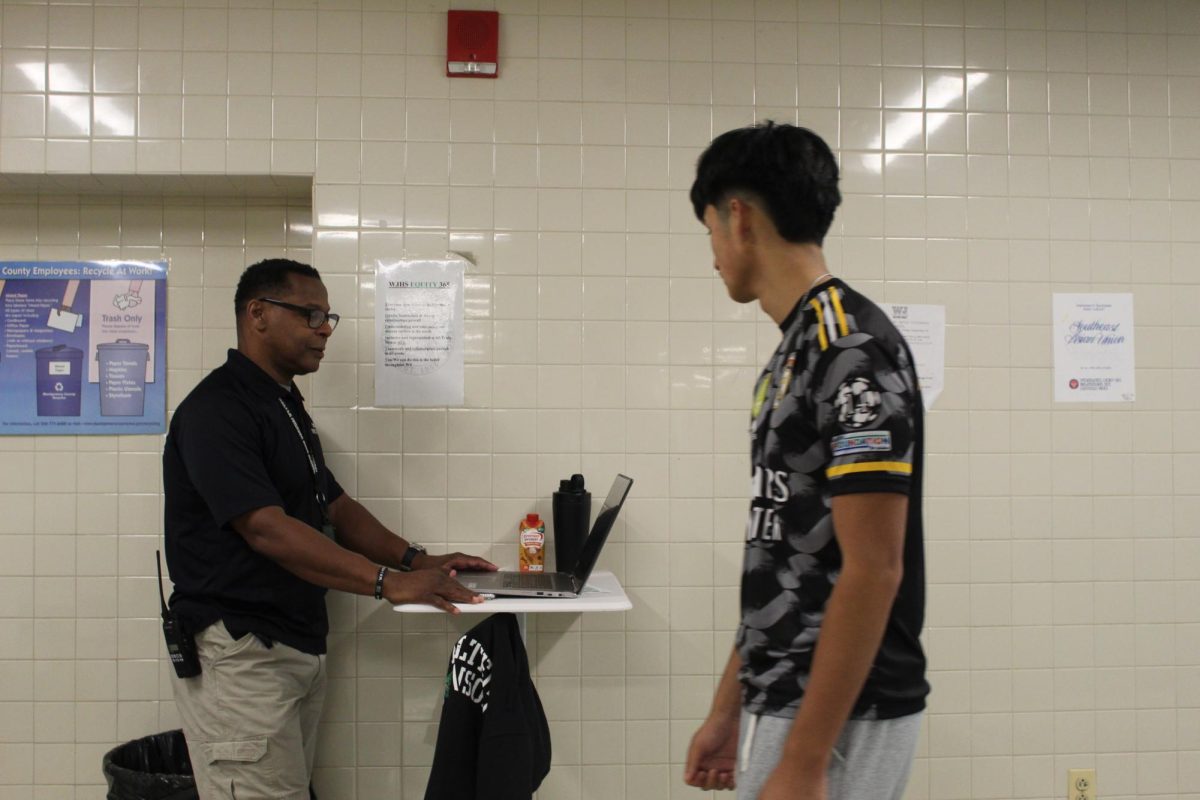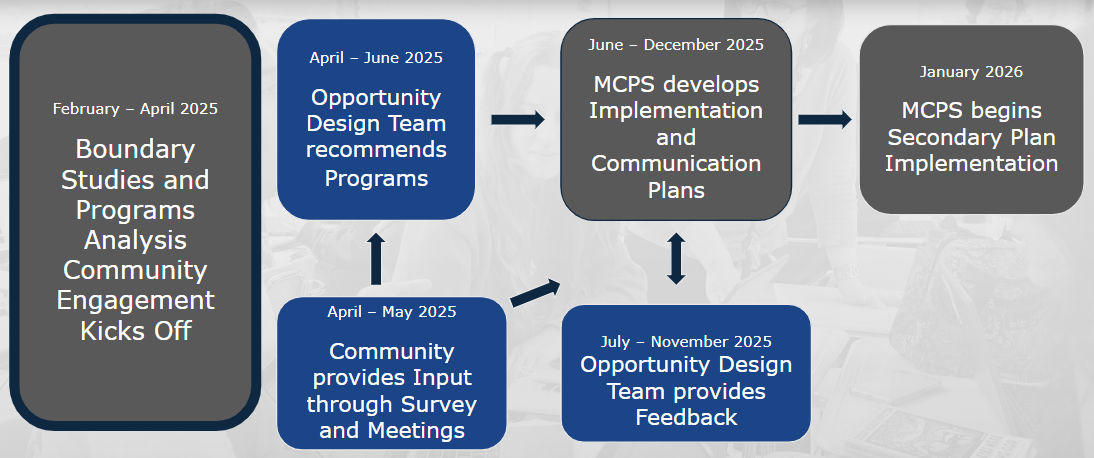Snapchat has over 300 million users per month, Instagram’s numbers surpass one billion and Facebook can boast nearly 2.5 million monthly users worldwide. Despite being an innovation of the 21st century alone, social media has become a staple of life. Every day these apps garner more active users, adding to an already bulging population.
The increase in users has been rapid, and the popularity of these apps is unprecedented. Naturally, the influence of social media has crept into WJ, yet for a while people struggled to access social media in school, something to which sophomore Allie Firestone can attest to.
“I use social media a lot in my free time, but the school’s WiFi is really bad,” Firestone said. “I just end up using data instead.”
MCPS had previously banned all social media apps on school WiFi, but it seems to be reconsidering its stance, implementing a new policy.
Since WJ is one of the few schools that has some Social Media unblocked on the school WiFi, Social Media has not only become more accessible to students Many students, such as sophomore Golan Khen support this decision as well. Khen was especially pleased with the developments.
“I don’t use social media that often in school, but I like that people have more access,” Khen said. “Social media is a massive stress reliever, and it can have a positive impact on many people’s lives. It’s a good thing that many people can use it now.”
However, there is no unanimous consensus on this subject. French teacher Ryan Martinez still believes that social media’s place remains outside of school.
“School is a place where students should first and foremost be coming to learn and to interact with each other face-to-face,” Martinez said. “Allowing students access to social media will only increase distractions in class and diminish interactions students have with one another.”
Regardless of individual opinions on social media, the fact remains that its presence is growing, and everyone is being forced to adapt.


